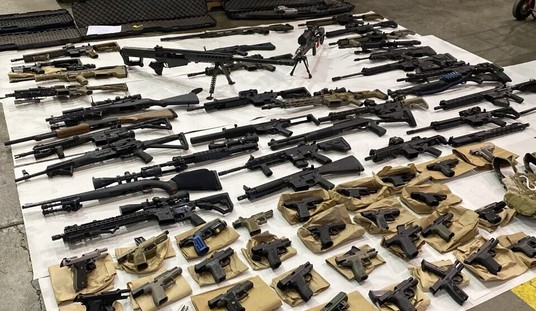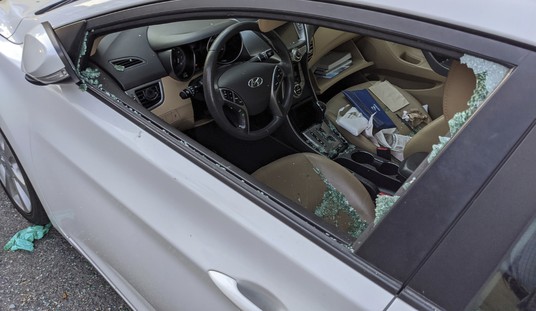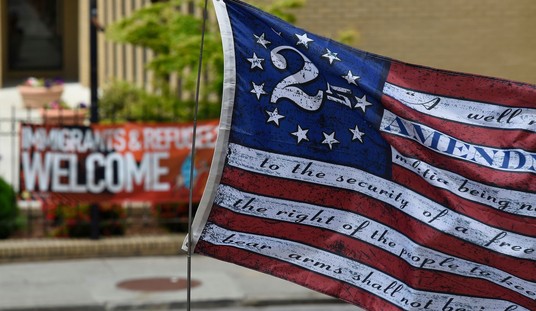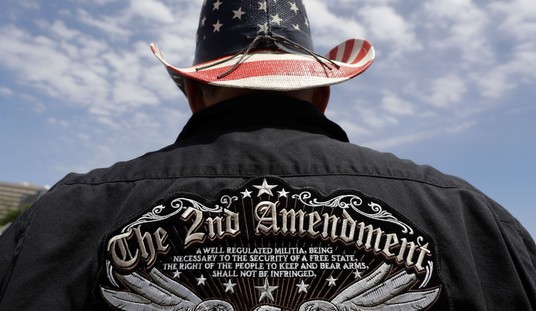
Washington, D.C. – First the good news. The war in Afghanistan is being won. As our FOX News team saw on our most recent trip through the length and breadth of the country, the Taliban and their al Qaeda allies are being defeated at nearly every turn. Though military operations and police actions are being conducted at their highest pace since the war began a decade ago, coalition, Afghan and civilian casualties continue to decline – even in the midst of “fighting season.” According to U.S. and allied military officers with whom we spoke, Taliban fighters are defecting in greater numbers than ever before. Though our political leaders in Washington won’t use the word, “victory” is within reach.
Now the bad news. The speed and scale of the pullout, withdrawal, redeployment, drawdown – or whatever the Obama administration wants to call it – places all the hard-won gains at risk. Instead of a time frame based on the situation on the ground, the president wants all 33,000 American “surge” troops home by next summer. Everyone – friend and enemy – knows the timing and the number in the pullout are being driven by next year’s U.S. presidential election.
This week, the Pentagon announced that the 3rd Battalion, 4th Marine Regiment – nearly 1,000 strong – will be the first combat unit “withdrawn without replacement” from once-bloody Helmand province. When they return to Marine Corps Base 29 Palms, Calif., the Marines will grieve for their fallen and be greeted by loved ones with open arms. Meanwhile, our coalition partners are following our lead and quietly drawing down their own force levels.
White House and Pentagon officials tell us “not to worry,” because the U.S. troops being withdrawn are being “replaced” by 70,000 fresh Afghan police and military personnel. If they are as well trained, equipped and ready to fight as the Afghan National Security Forces units we saw on this trip, that’s great. What isn’t so obvious is how many of our coalition partners will be catching flights home – and how fast.
On July 7, a day after the 3rd Bn. 4th Marines was told they would not be replaced, Canada ended all combat operations in Afghanistan. Our closest neighbor and ally had more than 3,000 combat troops in-country since 2002 – most of them in hot, hyper-violent Kandahar province. More than 150 of them were killed in action or died of injuries. Instead of combat units, Canada will provide 950 police and military mentors to train ANSF troops. Other NATO allies are following suit.
British Prime Minister David Cameron announced this week that 500 combat troops will be coming home without replacement in the months ahead – leaving 9,000 British soldiers and Royal Marines on the battlefield. In The Hague, the Dutch parliament voted to bring home all but 160 of the 1,600 Dutch soldiers from the mountainous Kunduz province. Those who remain will be limited to providing security for a police training mission – now supervised by Germany. And in Paris, President Nicolas Sarkozy – facing a re-election campaign of his own next year – has decided to start withdrawing an unspecified number of the 4,000 French troops now in Afghanistan.
Thirty-three nations currently contribute troops and/or trainers to the 150,000-strong, NATO-led International Security Assistance Force in Afghanistan. Right now, two-thirds of them are Americans. The goal, set by Mr. Obama and seconded by NATO and the non-NATO members of the coalition, is to turn over responsibility for all internal and external security to the Afghans in 2014. If current projections are borne out, there will then be 370,000 trained and equipped Afghan soldiers, police officers and airmen in the ANSF.
That’s a tall order, given the accelerated schedule of allied troop withdrawals and deteriorating relations with neighboring Pakistan. Senator John McCain, visiting Kabul this week, said Mr. Obama’s decision on the scope and pace of the drawdown “was made without recommendation from our military commanders,” which “poses an unnecessary risk.”
True. But Afghanistan isn’t a lost cause – just tougher than it otherwise might have been with a slower withdrawal. The improvements in the ANSF we have witnessed in the past three years are simply stunning – and soon irreversible. Here’s why:
Less than 28 percent of Afghanistan’s population is literate. Thanks to the Taliban’s “no schools are good schools” education program, the literacy rate for military-age males is even lower. For women in the same age cohort, it’s appalling. But thanks to the U.S.-led National Military Training Mission-Afghanistan, that’s all changing.
During our most recent fast-paced visit, I asked scores of Afghan police and soldiers – in training and in the field – why they volunteered to don a uniform. To a man – and woman – they replied, “To serve and protect my country” and, “to learn how to use this!” At that, they proudly pulled out a pen and a notebook.
U.S. Army Lt. Gen. William Caldwell IV, the NTM-A commander, put it this way: “Developing Afghan leaders is and will continue to be our #1 priority.” No matter what the headlines say, they are doing just that. Teaching an 18-year-old Afghan police or military volunteer how to read, write and shoot isn’t as exciting as winning a gunfight with Taliban insurgents, but it may well be the most enduring legacy of our long war in the shadows of the Hindu Kush.








Join the conversation as a VIP Member